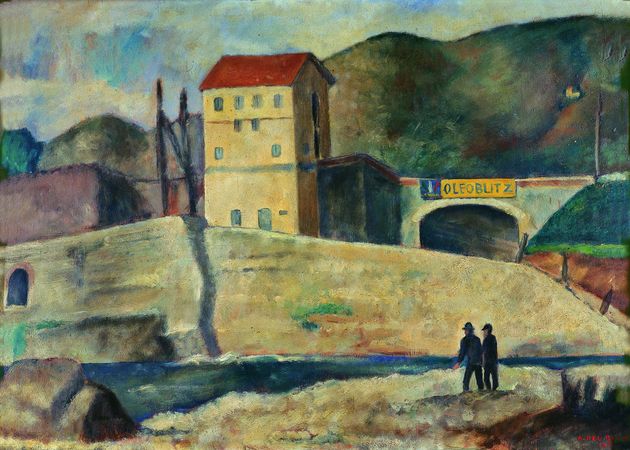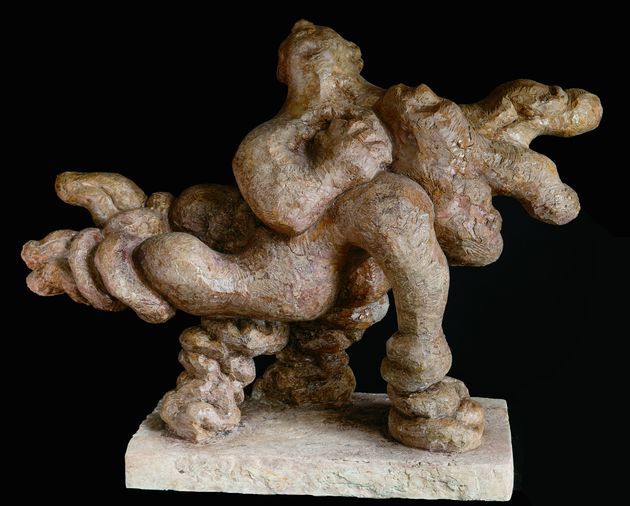Arrigo del Rigo was a member of the circle of artists called “Scuola di Prato” (School of Prato). Various elements, apart from youthful passion, brought this group of artists together: their working-class origins, their convinced anti-fascism and their aspiration to a lively form of modern art founded however on tradition. Their training was not the same; while most of them attended the Leonardo art and crafts school in Prato, Arrigo Del Rigo, artistically the most cultured member, went to the Florentine Porta Romana Art Institute. In the short 24 years of his existence, which probably ended in suicide, he laid the bases for a carefully thought-out, mature style.
His artworks show two different interpretations of reality: the realistic, lyrical one adopted in the landscapes, with a sensitivity resembling that of Camille Corot; and a more plastic, synthetic, apparently more archaic, interpretation in the portraits, which led him to interiorise the image and filter reality through memory and feeling, to give it back it in anti-classical, synthetic and cultured folk forms. As a very young man he wrote at the Institute of Art: “I’m trying to get back to the native purity of art and to express myself with synthetic purity”.
In 1927, the year he met Sofficiand began the collaboration with the magazine “Il Selvaggio”, he painted this Self-portrait. Its solid composition echoes the Tuscan primitives and the early Renaissance (from Giotto to Masaccio) but also shows the influence of Cézanne (perhaps through Soffici) and Carrà, with results approaching European post-Cubism. In the solid face with the elongated eyes fixed in a concentrated and decisive stare, the light divides up the various planes to create an extremely synthetic geometric rigour.




























































